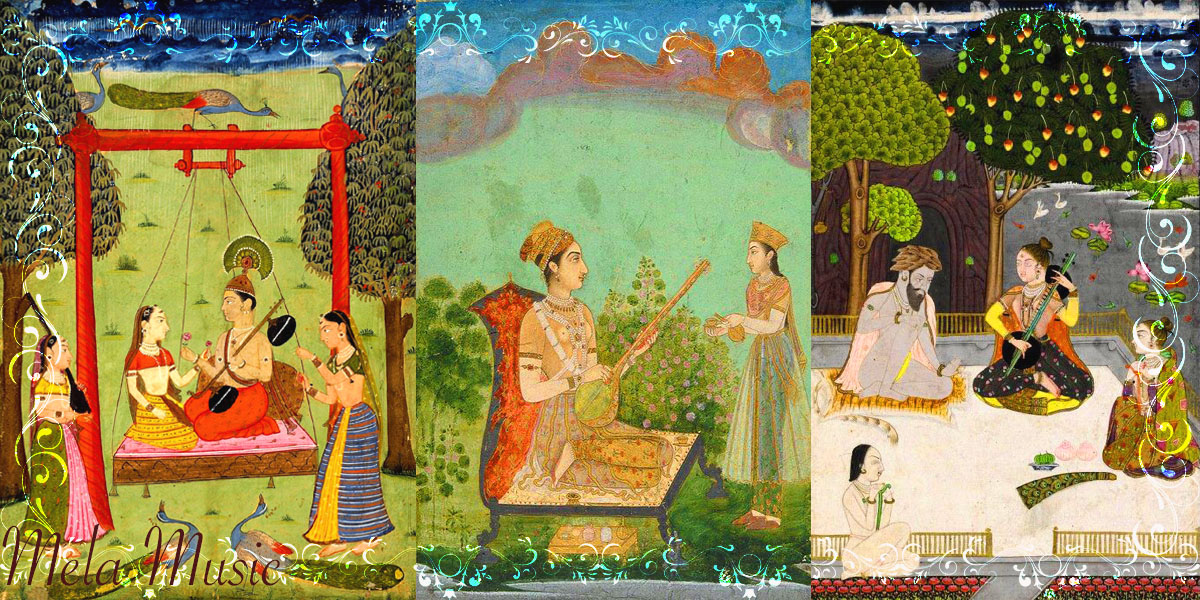
Shruti refers to a fundamental concept in both South (Carnatic) and North (Hindustani) Indian music, and it encompasses several key points:
1. Pitch Measurement: Shruti represents the basic unit of pitch measurement within the context of the saptak, the seven-note musical scale. It defines the subtle variations in pitch that differentiate one note from another.
2. Auditory Evaluation: In ancient times, shruti could only be assessed by the discerning human ear. Musicians relied on their auditory perception to identify and maintain these subtle pitch differentiations.
3. Selection from Nada: Although the universe contains innumerable sounds (nada), only 22 specific musical nada, known as shruti, were carefully selected and recognized for their relevance in music.
4. Swars (Notes): Out of these 22 shrutis, 12 distinct swars or musical notes are derived directly and form the basis of melodic structures in Indian classical music.
5. Spiritual Connection: In Indian spiritual philosophy, shruti is associated with the 22 initial nadis (nerves) in the human body, linked to the primary nerves Ida and Pingala. These nadis produce their own unique shrutis when influenced by the flow of air, and these shrutis ascend progressively in pitch.
6. Musical Evolution: Shruti plays a pivotal role in the progression from nada (sound) to the formation of a raga. It represents one stage in this transformative sequence, which proceeds as follows: Nada > Shruti > Swar > Saptak > Thaat > Raga.
7. Scholarly Attention: Due to its profound significance and complexity, shruti has garnered considerable attention from scholars in the field of Indian music, leading to numerous scholarly works and discussions on this topic.
In essence, shruti encapsulates the subtle nuances of pitch in Indian music and holds a crucial place in both its theory and practice.
